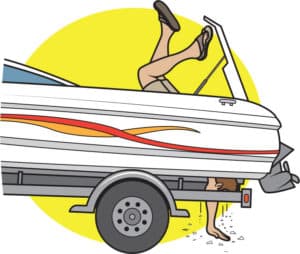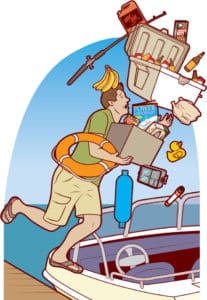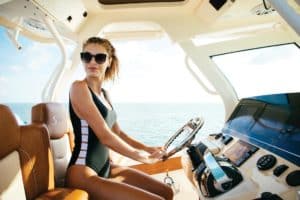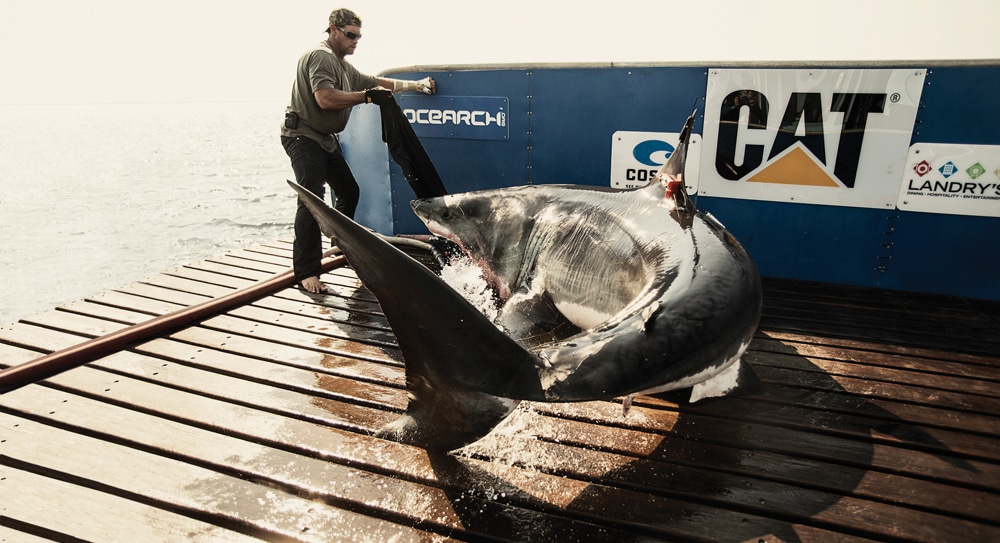
Tracking Great White Sharks With Ocearch
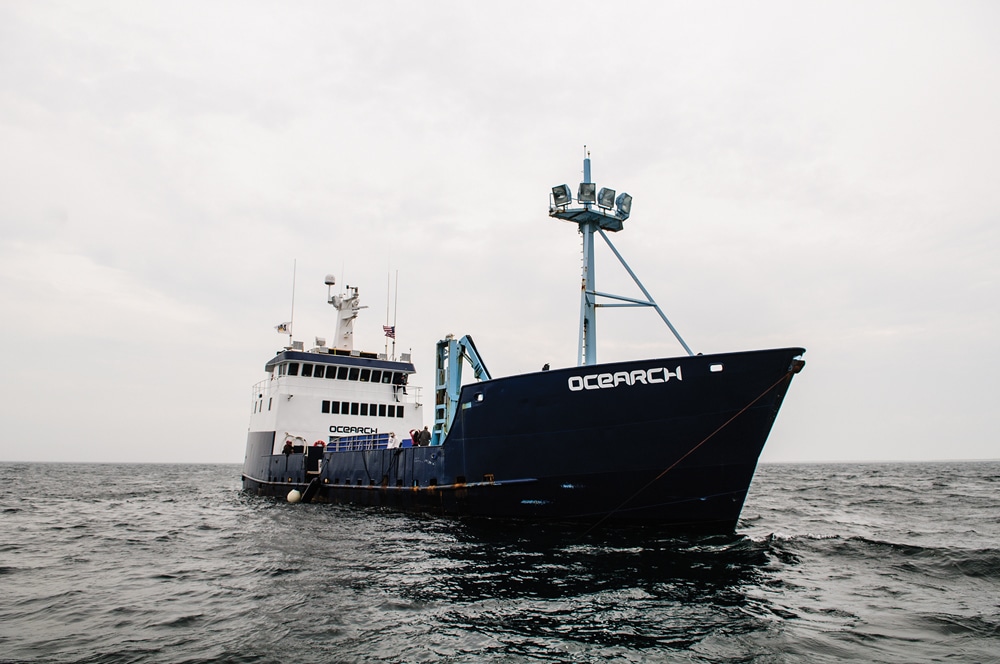
Tracking Great White Sharks With Ocearch
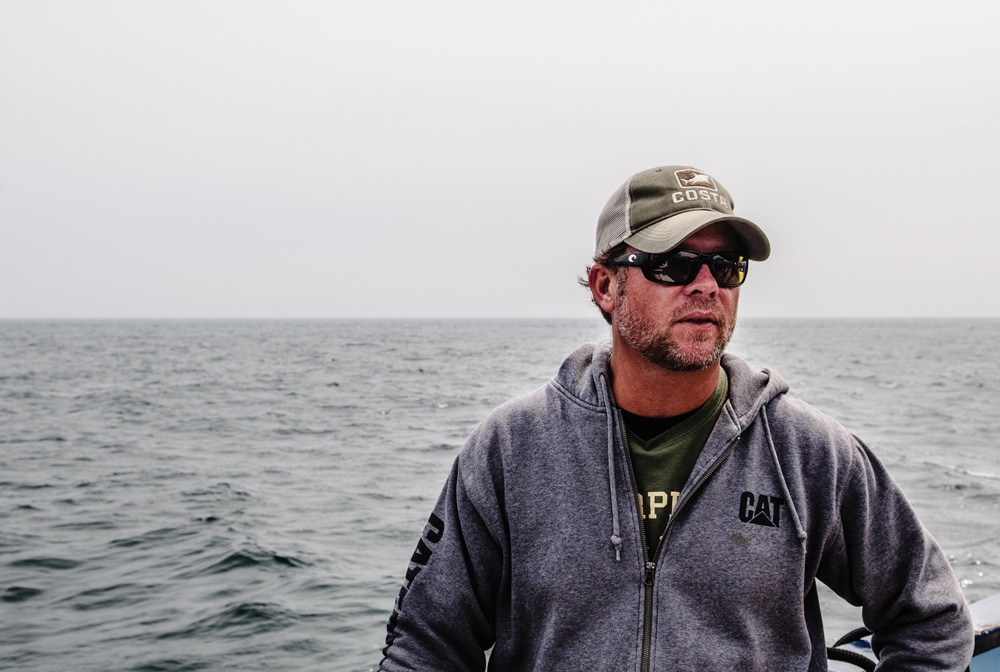
Tracking Great White Sharks With Ocearch
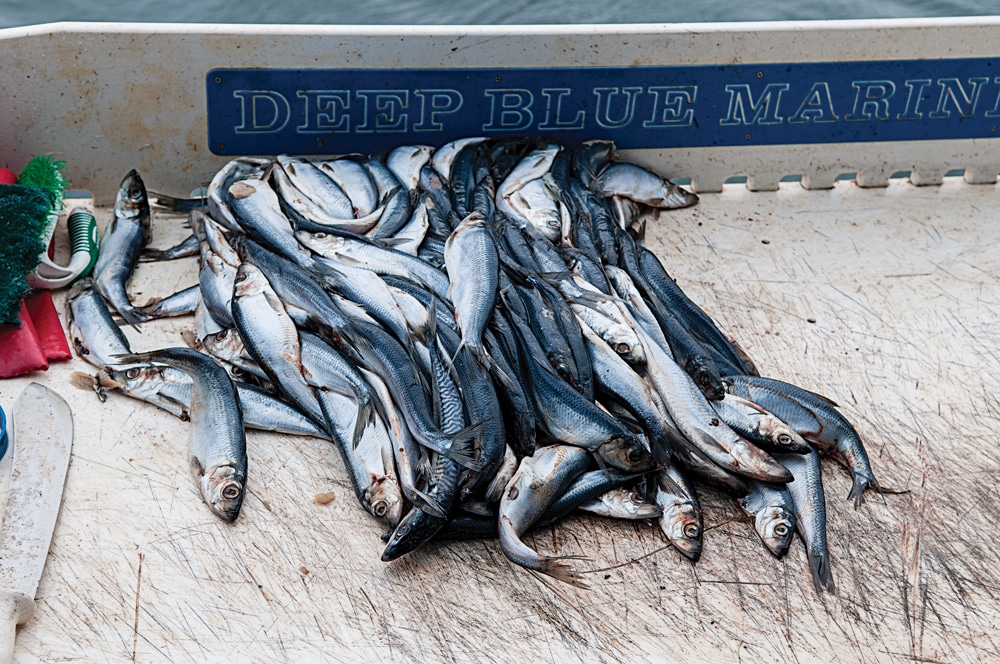
Tracking Great White Sharks With Ocearch
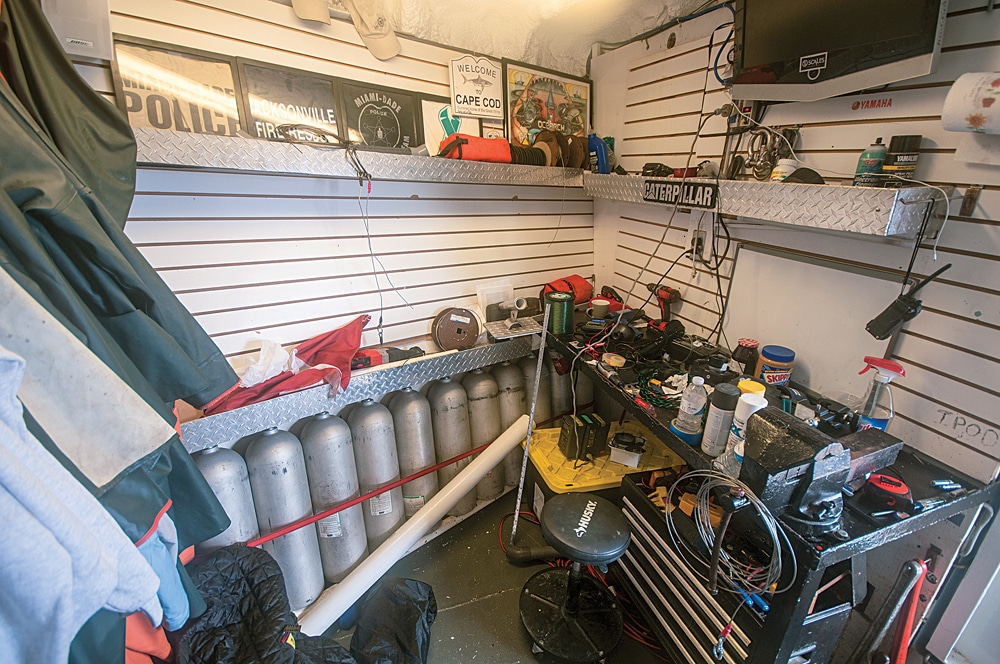
Tracking Great White Sharks With Ocearch
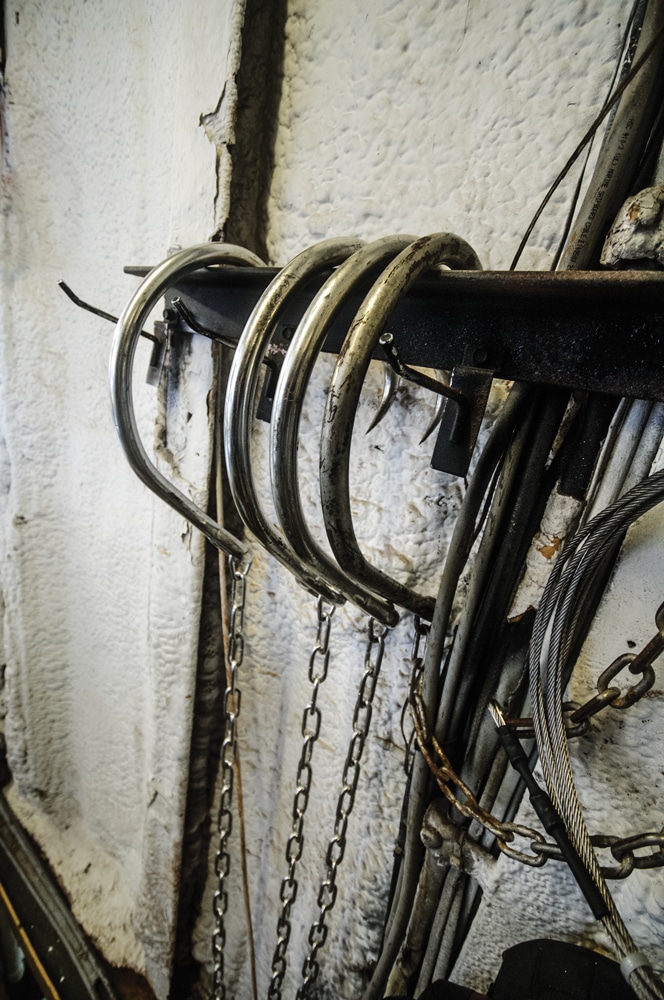
Tracking Great White Sharks With Ocearch
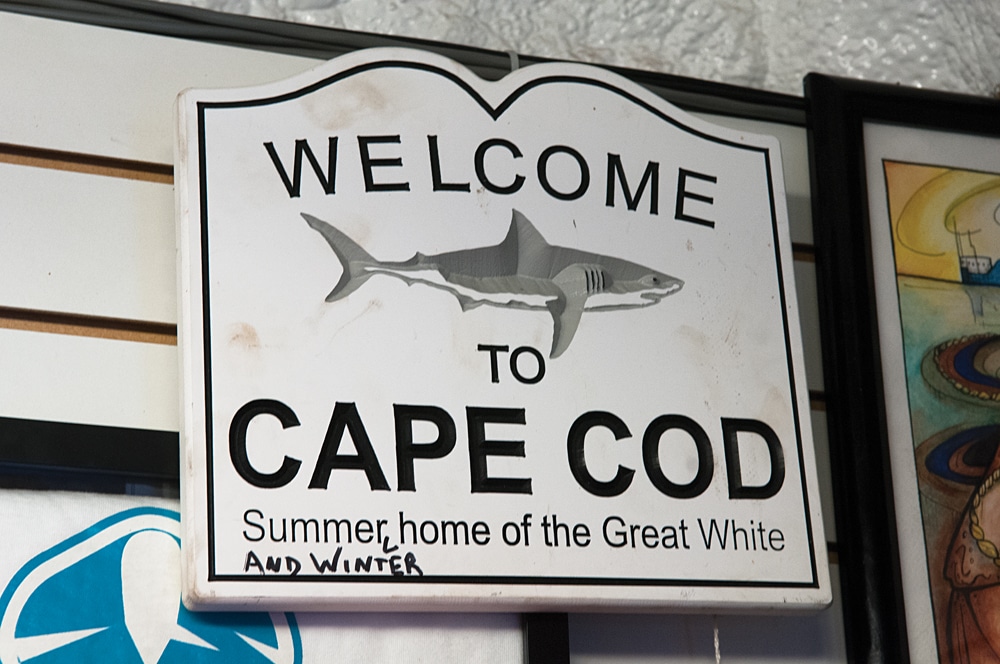
Tracking Great White Sharks With Ocearch
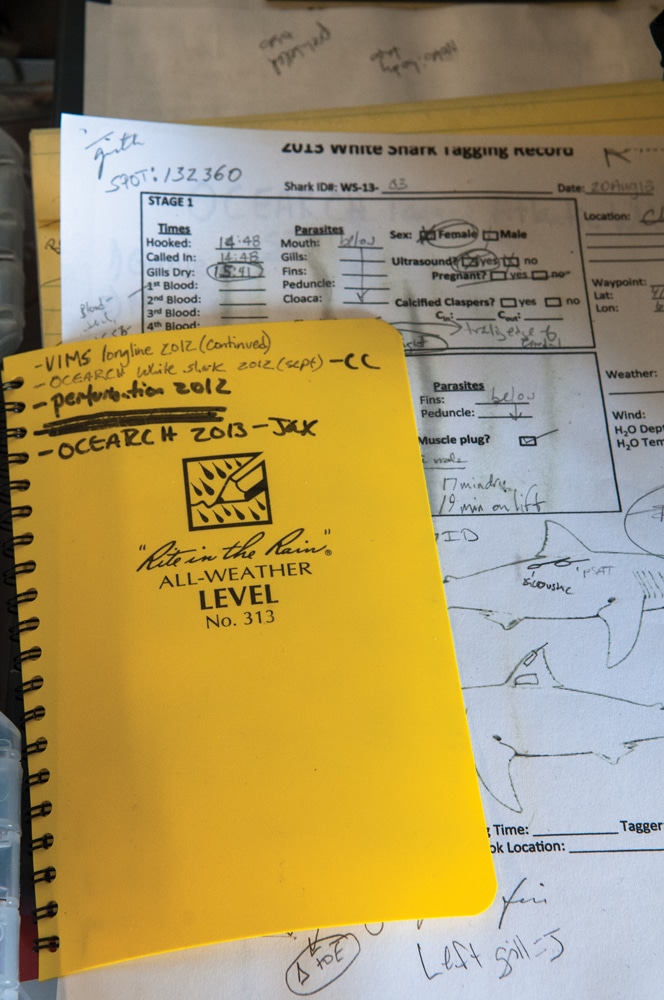
Tracking Great White Sharks With Ocearch
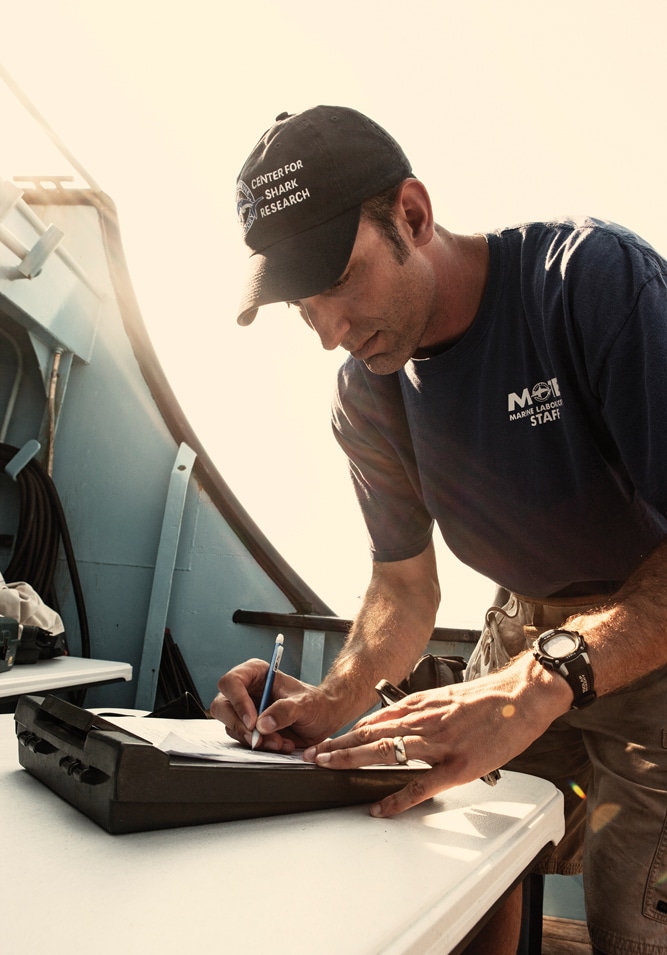
Tracking Great White Sharks With Ocearch
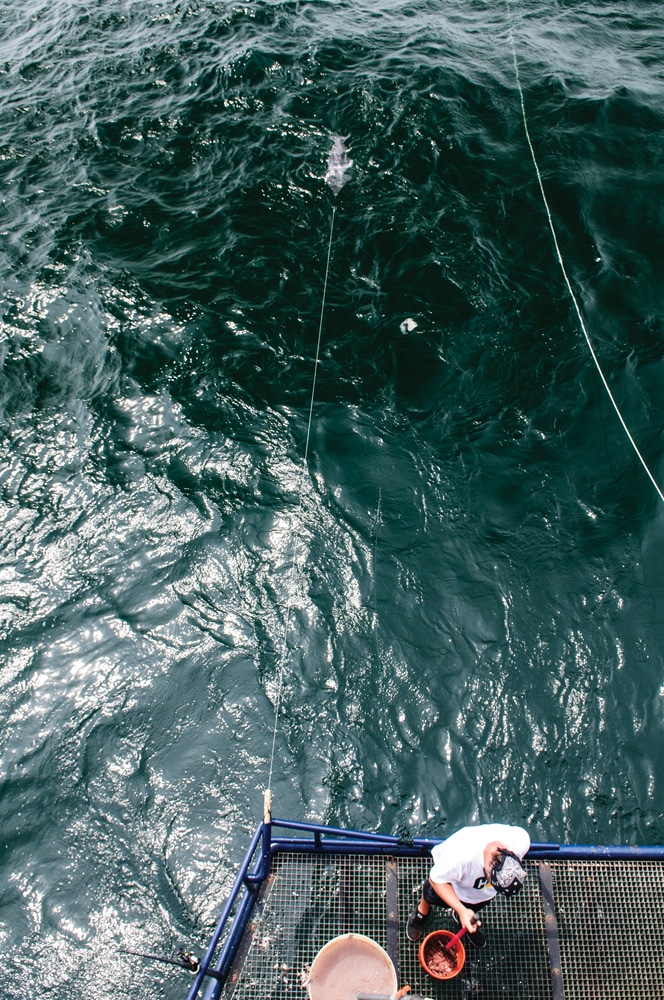
Tracking Great White Sharks With Ocearch
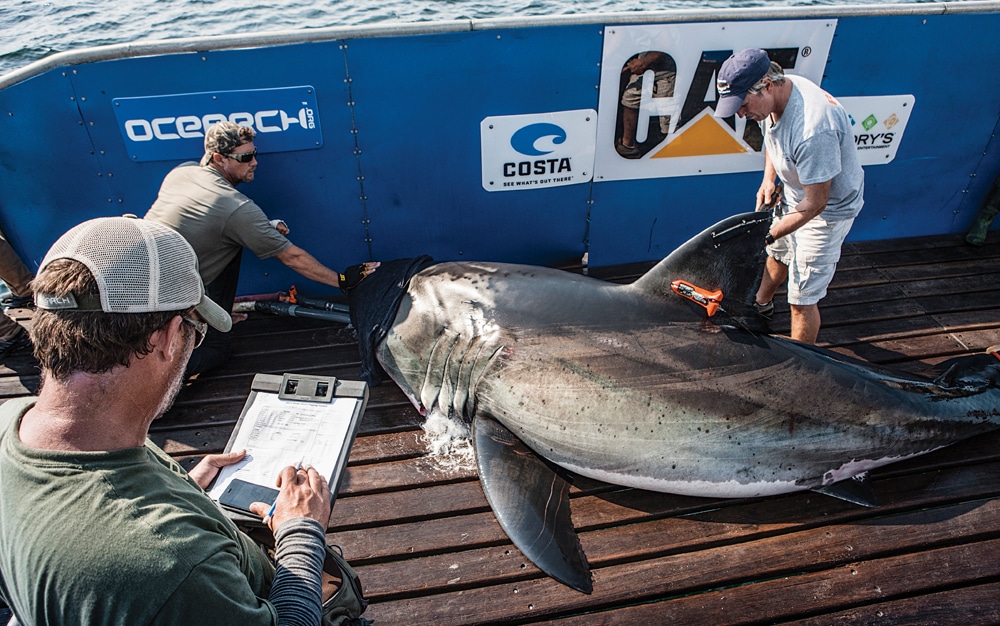
Tracking Great White Sharks With Ocearch
They live about 60 years but do not start reproducing until around age 20.
They can grow up to 20 feet long and weigh up to 5,000 pounds.
They have 300 teeth, but only 24 are showing.
They can smell minute amounts of blood, as little as one part per 10 billion parts of water.
A great white can bite with more than 4,000 pounds of force. Ocearch/R. Snow
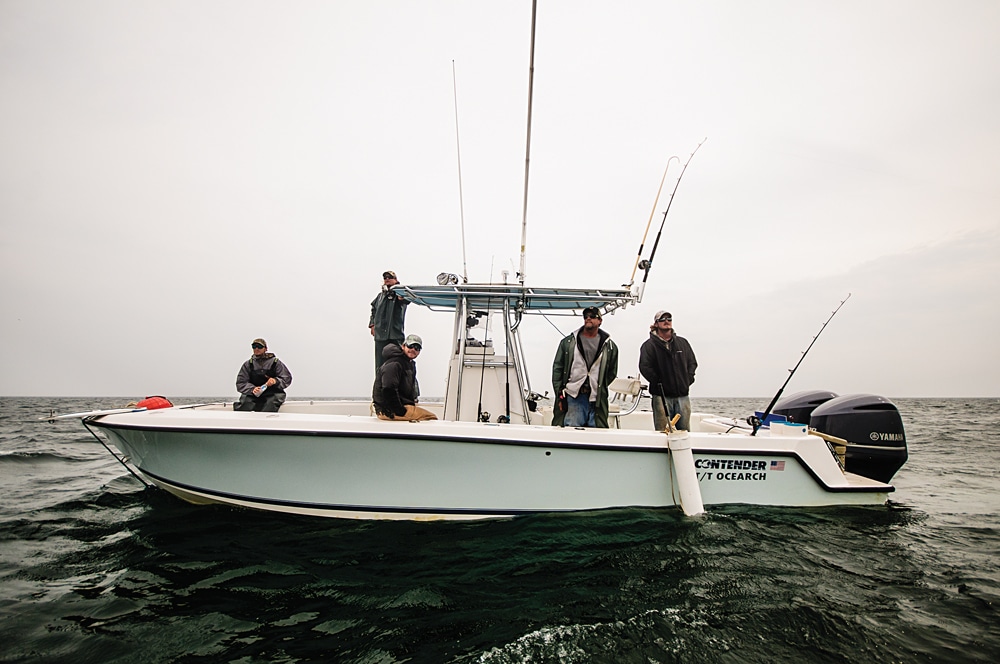
Tracking Great White Sharks With Ocearch
The Contender 28T is made to withstand the rugged conditions of offshore tournament fishing. Good thing. “That’s the boat we actually fight the fish with,” Chris Fischer said. “It’s absolutely bulletproof.” This shark wrangler is mated with twin Yamaha F300s that keep power in reserve for handling two-ton sharks. The boat has to be stable to endure countless hours of chumming at anchor, and nimble enough to zig and zag with the fish as the crew guides it, with hand lines, toward the vessel’s hydraulic platform. How tough is it? Fischer once got caught in a Pacific storm and had to drag it behind the research vessel for days in 10- to 12-foot seas. “When we hauled it back in,” he said, “it started right up as if the whole thing had never happened.” LOA: 28’0″
Beam: 8’10”
Weight: 4,700 lb.
Deadrise: 24 degrees
Fuel Capacity: 185 gal.
Max Horsepower: 600 Matt Boutet

